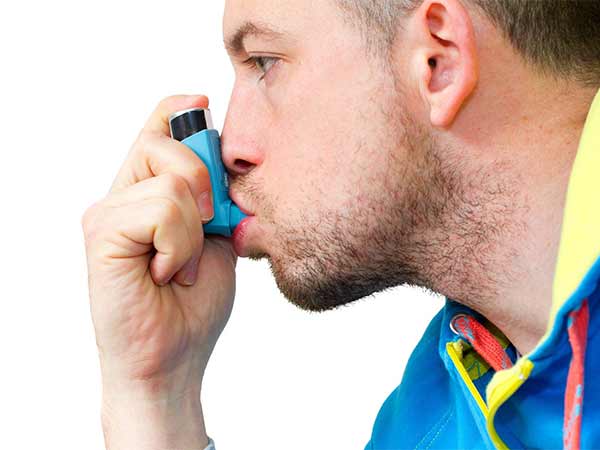Asthma Controller Step Down Yardstick – Treatment Guidance for When Asthma Improves
Helps clinicians understand when treatment should be stepped down, and how
 When asthma symptoms improve, there’s reason for celebration by both doctor and patient. But once symptoms are better, how do health care practitioners go about stepping down asthma medication to make sure a patient’s needs are still met? The Asthma Controller Step Down Yardstick, a new guideline from the American College of Allergy, Asthma and Immunology (ACAAI), offers an “operation manual”. It helps health care professionals understand how to identify when a patient is ready to step down their treatment, and what the process might involve.
When asthma symptoms improve, there’s reason for celebration by both doctor and patient. But once symptoms are better, how do health care practitioners go about stepping down asthma medication to make sure a patient’s needs are still met? The Asthma Controller Step Down Yardstick, a new guideline from the American College of Allergy, Asthma and Immunology (ACAAI), offers an “operation manual”. It helps health care professionals understand how to identify when a patient is ready to step down their treatment, and what the process might involve.
“There is a gap in information when it comes to guiding healthcare professionals through the process of stepping down controller therapy,” says allergist Bradley Chipps, MD, immediate ACAAI past president and lead author of the guideline. “We have yardsticks that address stepping up asthma controller medication, but this document addresses how to reverse the process for patients whose asthma has been well controlled for at least three months – or longer for the highest risk patients.”
The guideline outlines both reasons for, and reasons not to consider stepping down treatment.
Consider stepping down treatment to:
- Re-assess a current diagnosis of asthma.
- Decrease the potential adverse effects of asthma medications.
- Address patient and family preferences about taking medications.
- Reduce the burden of treatment (e.g., time to take medications, remembering to take medications, having to take medications at work or school).
- Reduce the costs of treatment.
- Simplify therapy and enhance adherence with treatment.
- Consider not stepping down treatment when:
Reducing asthma medication may lead to an increased risk of having an asthma exacerbation or loss of control.
It is unclear whether the patient is using his/her asthma medications as indicated (e.g., whether the patient has already self-reduced treatment).
A seasonal maintenance of therapy is needed (e.g., during the patient’s allergy season or viral season).
“Stepping down controller therapy serves several purposes,” says allergist Leonard Bacharier, MD, co-author of the guideline. “It identifies the minimum effective treatment that will maintain well-controlled asthma based on both impairment and risk domains. And it minimizes the risk of adverse effects from higher doses of medication(s) than may be needed to maintain control. It can also simplify the patient’s treatment regimen and may enhance adherence, because reducing exposure to higher doses of medication(s) is generally consistent with patient values and preferences.”
The guideline offers specific recommendations regarding appropriate medications and dosing for patients on step 2 through step 5 asthma therapy.
“Stepping down asthma therapy is an important component of managing patients with asthma, from the mildest end of the severity spectrum to the most difficult-to-treat patient,” says Dr. Chipps. “Although current guidelines recommend stepping down therapy in a patient with stable asthma, the operational focus has been on how to step up treatment when asthma is inadequately controlled. This Yardstick provides recommendations for how to step-down therapy using guideline-based severity levels.”
Source Newsroom: American College of Allergy, Asthma and Immunology (ACAAI)
The Asthma Controller Step Down Yardstick is published online in Annals of Allergy, Asthma and Immunology, the scientific journal of ACAAI. If you are seeking additional guidance on next steps for treating your patient with asthma, check the yardstick.




